Hawaii kona Kona coffee bean flavor taste introduction Kona coffee how to brew tutorials to share
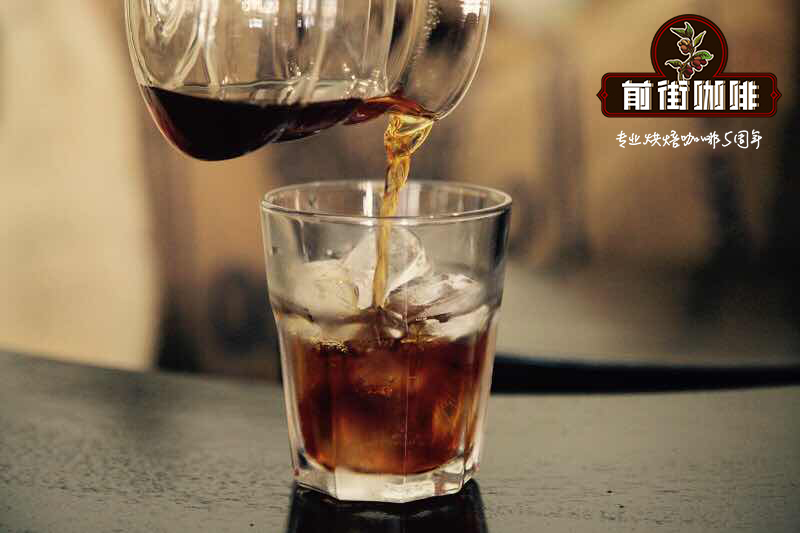
Professional coffee knowledge exchange more coffee bean information please follow the coffee workshop (Wechat official account cafe_style)
Qianjie knows that coffee has certain requirements on the altitude of planting, and the knowledge gained is that the flavor and taste of coffee at high altitude will be better than that at low altitude, but nothing is absolute! Just like the coffee produced in Hawaii, although there is no advantage in altitude, it can produce coffee beans with good flavor and quality. Kona coffee beans produced in Hawaii are the most perfect coffee beans in the world. Their fruit is extremely full, with cinnamon flavor, and the sour taste is more balanced and moderate. The front street uses moderate baking to perfectly deduce the characteristics of Kona. Exudes extremely complex sweet aromas of cashew, milk, peanuts, mulberry and tropical fruits. The taste is mild and soft, clear and clear, with bright and elegant acidity.
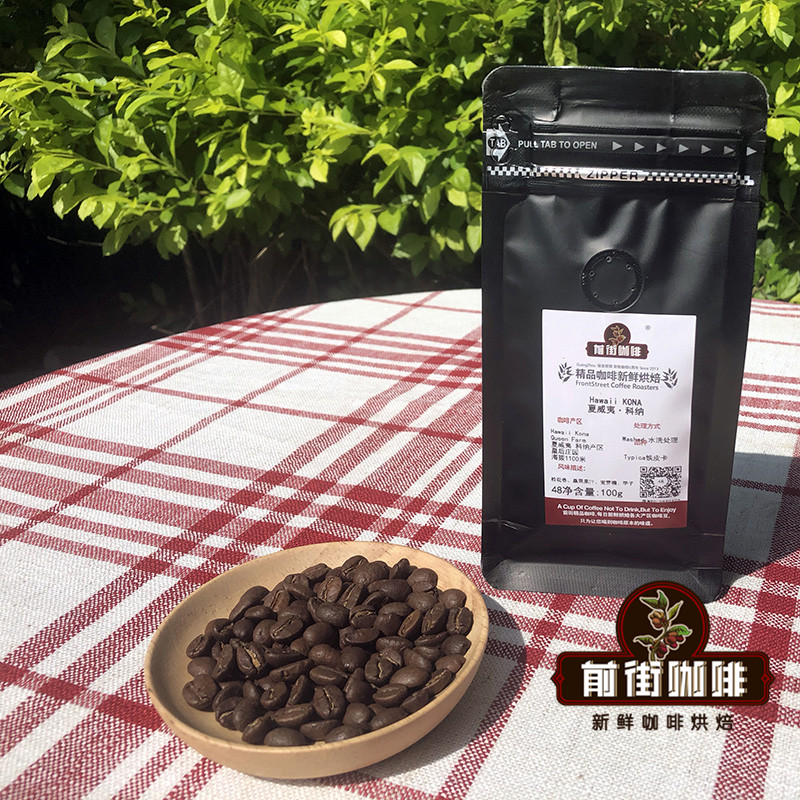
The coffee beans used in Kona coffee from Hawaii are grown on volcanic terrain. At the same time, there is a high density of artificial farming, so each bean can be said to be spoiled, the price is naturally expensive, second only to the Blue Mountains. Hawaiian Kona beans are evenly shaped and have a strong sour and sweet taste.
The palate is moist and smooth. Moderate baking in Qianjie makes the beans sour, while deep baking aggravates both bitterness and mellow taste. This coffee bean grows from sea level to 6000 feet. Gourmet coffee generally grows only in mountain areas, growing at a height of about 4000 to 6000 feet requires annual rainfall of about 80 feet and is obvious in dry and wet seasons. The soil for growing gourmet coffee beans requires very fertile soil, and usually volcanic rock, light cloudy or cloudy weather is also necessary in the growth environment of high-quality coffee beans. The daytime temperature needs 15-20 ℃. This climate results in a longer growth process, a unique growth and climatic environment that leads to a stronger coffee flavor.
Although planted at an altitude of several hundred meters, Kona, from the Big Island of Hawaii, with a mild sea breeze and fertile volcanic soil, has an incomparably clean acidity and sweetness. Compared with the blue mountains with higher elevations, it is even worse.
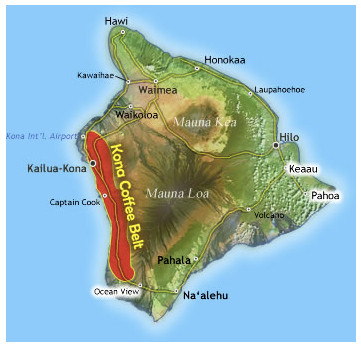
Coffee plants were first introduced to Hawaii in 1817 during the reign of King Kamehameha, the first Spanish consultant, Don Francisco de Paula Marin. The planting was not successful, and in 1825 Oahu Mayor Chie Boki successfully introduced coffee from Brazil to Manoa Valley. Since then coffee has been grown all over the island. At present, there are about 950 farms growing coffee in Kauai, Oahu, Maui, Mokokai and Big Island, most of which are family-run small farmers, covering a total area of 7900 acres.
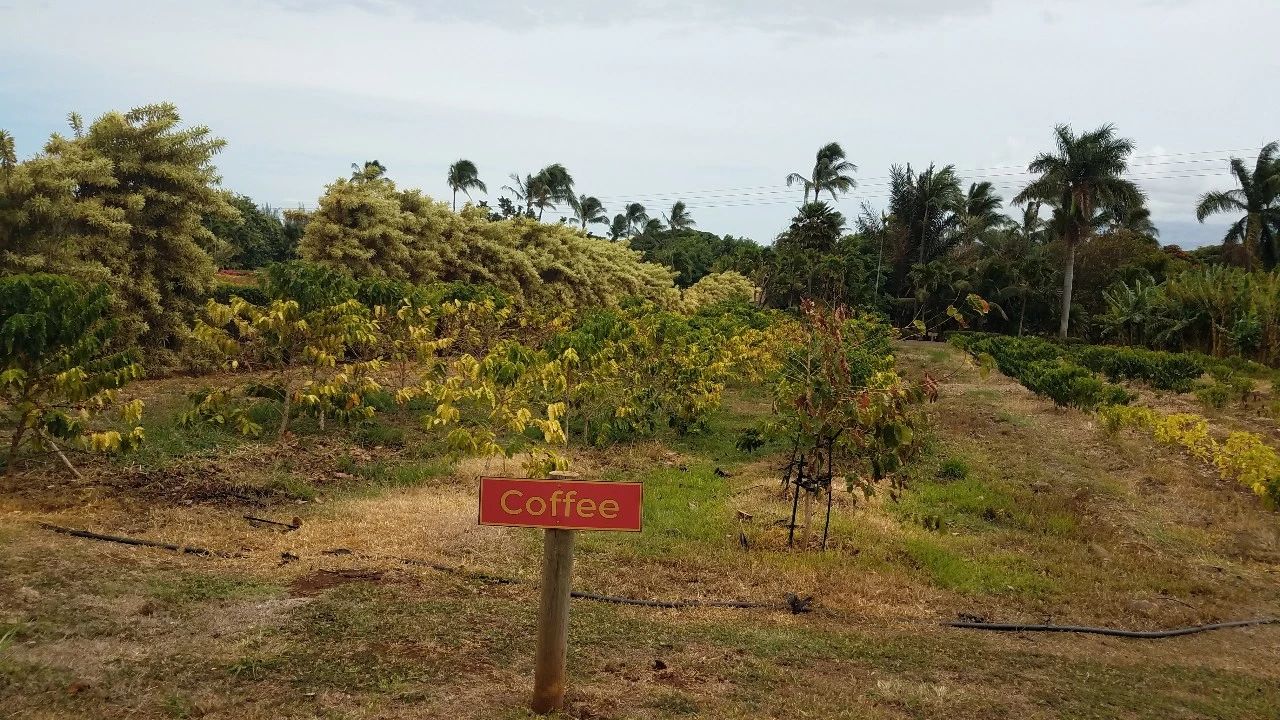
Hawaiian coffee producing area-
MAUI ISLAND
MAUI has a large coffee garden, Ka'anapali, which is divided into small plots, but coffee is produced centrally. The estate was a sugar cane plantation from 1860 to 1988 and was later converted into a coffee plantation.
Production area: 100-550 meters above sea level
Harvest time of coffee beans: September-January of the following year
Planting varieties: Kaduai, Kaddura, Ironka, Mocha
WAIKAPU,MAUI ISLAND
This area can be regarded as a relatively young coffee producing area in Hawaii, and the only coffee garden in the area is owned by a company located on the neighboring island of MOLOKAI.
Production area: 500-750 meters above sea level
Harvest time of coffee beans: September-January of the following year
Planting varieties: iron pickup, Kaduai
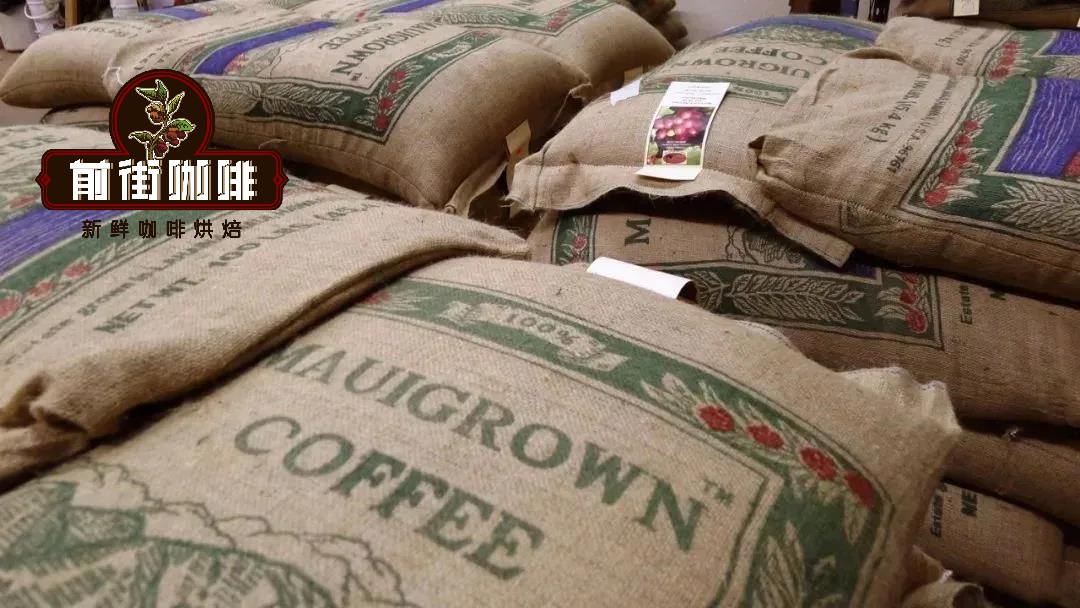
KAU,BIG ISLAND (coffee bean processing plant)
It was not planted until the sugar cane processing plant was closed in 1996, and before 2010, coffee cherries produced here had to be processed in neighboring areas, such as PUNA or KONA, but now a local processing plant has been built, so local people do not have to take coffee cherries to other places for post-processing.
HAMAKUA,BIG ISLAND
Coffee was grown here in 1852, and there were originally eight plantations. like other producing areas in Hawaii, the coffee industry began to decline because of the prosperity of the sugar industry, but coffee has been grown here since the mid-1990s.
Production area: 100-600 meters above sea level
Harvest time of coffee beans: August-January of the following year
Planting varieties: iron pickup, Kaduai
KONA,BIG ISLAND
The popularity of Hawaiian coffee mainly comes from this producing area, which is different from other producing areas in Hawaii, where coffee cultivation is more diversified. There are more than 630 coffee plantations producing coffee, mostly covering an area of less than 2 hectares. It is usually run by different families.
Located in the southwest of the Big Island, this area is 20 miles long and 2 miles wide, covering the slopes of Hualalai and Mauna Loa. Between 800 and 1100 meters above sea level, it is the most suitable environment for coffee trees to grow. As a result, the slopes of Horala and Mauna are covered with coffee trees. Only coffee beans grown in this area and subject to the strictest certification standards can be sold under the brand name Kona.
The unique natural environment of KONA region has given birth to Arabica coffee, which promotes it to become the plantation with the highest coffee production in the world. Not only the quality is guaranteed, but also the coffee cultivated under the unique growth environment and climate is more fragrant.
Every November, the Kona region of the Big Island of Hawaii hosts the Hawaiian Kona Coffee Culture Festival (Kona Coffee Cultural Festival) to celebrate the harvest of Hawaiian Kona coffee beans (Kona Coffee) and commemorate the 180-year-old tradition of Hawaiian coffee beans. During the nearly 10-day event, more than 40 coffee culture and competitive activities will be held in Hawaii, Big Island and Oahu to popularize Kona coffee knowledge and give tourists around the world a chance to get close to Hawaiian Kona coffee beans.
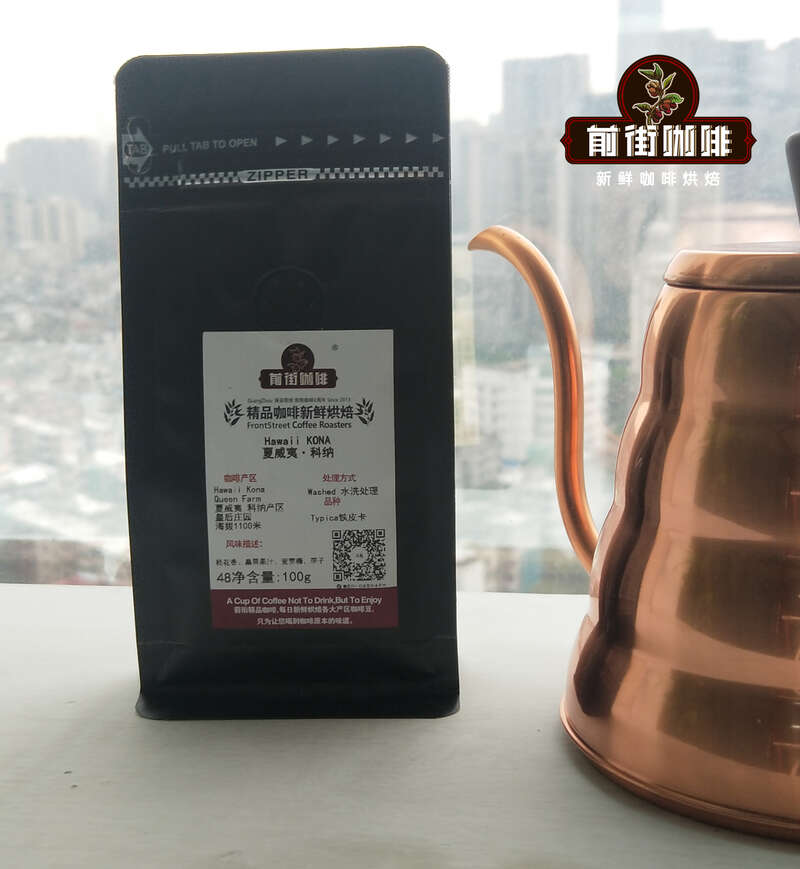
-growing coffee varieties-
Typica, which is native to Ethiopia and southeastern Sudan, is one of the oldest Arabica species. Its top leaf is red copper, called red top coffee, also known as the old variety of small grain coffee. Because of the low yield and the difficulty of cultivation, the price is much higher than the ordinary small-grain coffee. But its taste performance is excellent, it is recognized as a boutique coffee variety.
Iron pickup Typica has distinct characteristics, it is probably the most easily identified variety. These plants are conical, with main vertical trunks up to 5 meters high. This height means that the distance between branches and nodes on the same branch of Typica is longer than that of other varieties.
The lateral branches form an angle of 50 to 80 °with the vertical trunk. The trunk and branches are not very strong. Leaves, fruits and raw beans are usually slender, and the bud tips of young leaves are bronze. Typica has a smoother leaf surface and fewer wavy boundaries than other Arabica varieties. The typical Typica fruit is bright red when it ripens.
The bronze color of the top leaf of the iron pickup is one of the characteristics, with large beans, pointed oval or thin pointed shape, and some people call it "red top coffee". Iron pickup coffee has its unique quiet and clean flavor, as well as balanced features, high cleanliness, but the only drawback is insufficient production, altitude requirements, at the same time easy to infection with leaf rust, and resistance to diseases and insect pests is not strong.
Iron pickup has created a lot of splendor, as early as 1958 at the International Coffee tasting Conference held in London, England, it was rated as the first class; at the National Coffee Conference in 1980, it was also praised as "the crown of Chinese coffee" by Chinese and foreign coffee experts; in 1993, it won the "Eureka" gold medal at the World Coffee Competition Conference held in Brussels, Belgium.
Iron pickup is delicate, vulnerable to rust (a common coffee disease), low yield, but excellent flavor, is one of the best boutique coffee beans. Their descendants also shine in the coffee industry, with the famous "one king and one queen"-the Blue Mountains of Jamaica and Kona of Hawaii, variants of iron pickups.
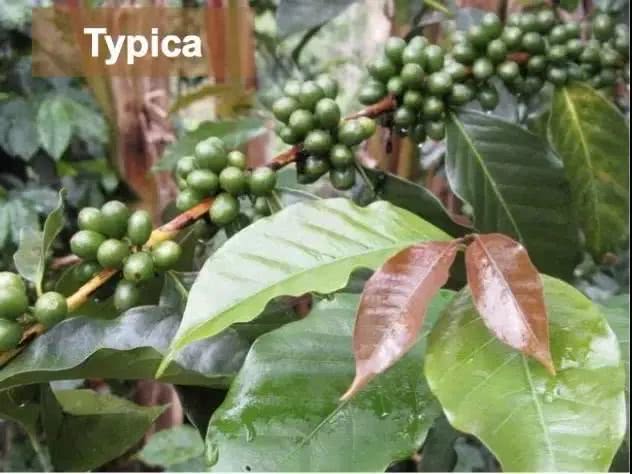
-coffee bean treatment-
Hawaii is mainly water washing. The biggest difference from the sun method is the use of fermentation to remove the pectin layer. After completing the fermentation and removing the pectin, the coffee beans will be cleaned again because the fermentation bacteria and impurities will remain on the coffee beans. In order to clean, this step will consume a lot of water, and then the fruit will be dried and shelled.
Hawaii's clean and sweet mountain spring water provides the ideal conditions for washing, which creates the bright appearance and pure and fresh taste of Kona coffee beans. The washed coffee beans are placed on a huge plate and dried naturally by the sun.
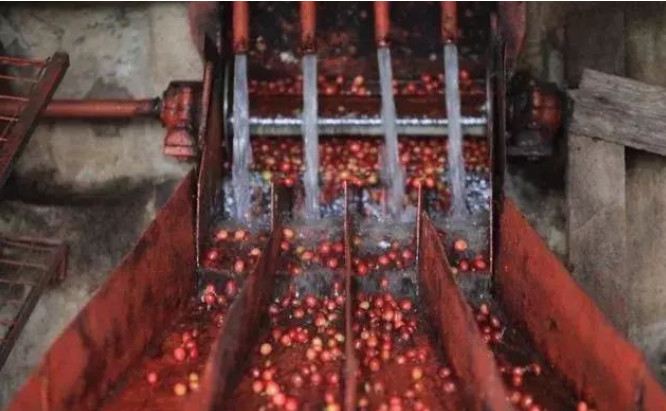
-coffee grading-
KONA coffee beans are mostly classified according to bean size, which can be divided into four grades, which are the most advanced Extra Fancy, Fancy,Prime and Gr. No.1 et al. It is also divided into Type1 and Type2.
Type1 is a standard coffee bean that contains the largest Kona Extra Fancy, followed by ratings from large to small: Kona Fancy;Kona Select and Kona Prime.
Type2 is an exclusive small round bean, including two grades of Kona Number 1 Peaberry and a smaller Kona Peaberry Prime.
-Hawaii represents coffee beans, Kona Hawaii-
Producing area: Kona, Hawaii
Farm: Queen's Manor
Altitude: 1100 m
Variety: iron pickup
Treatment method: washing treatment method
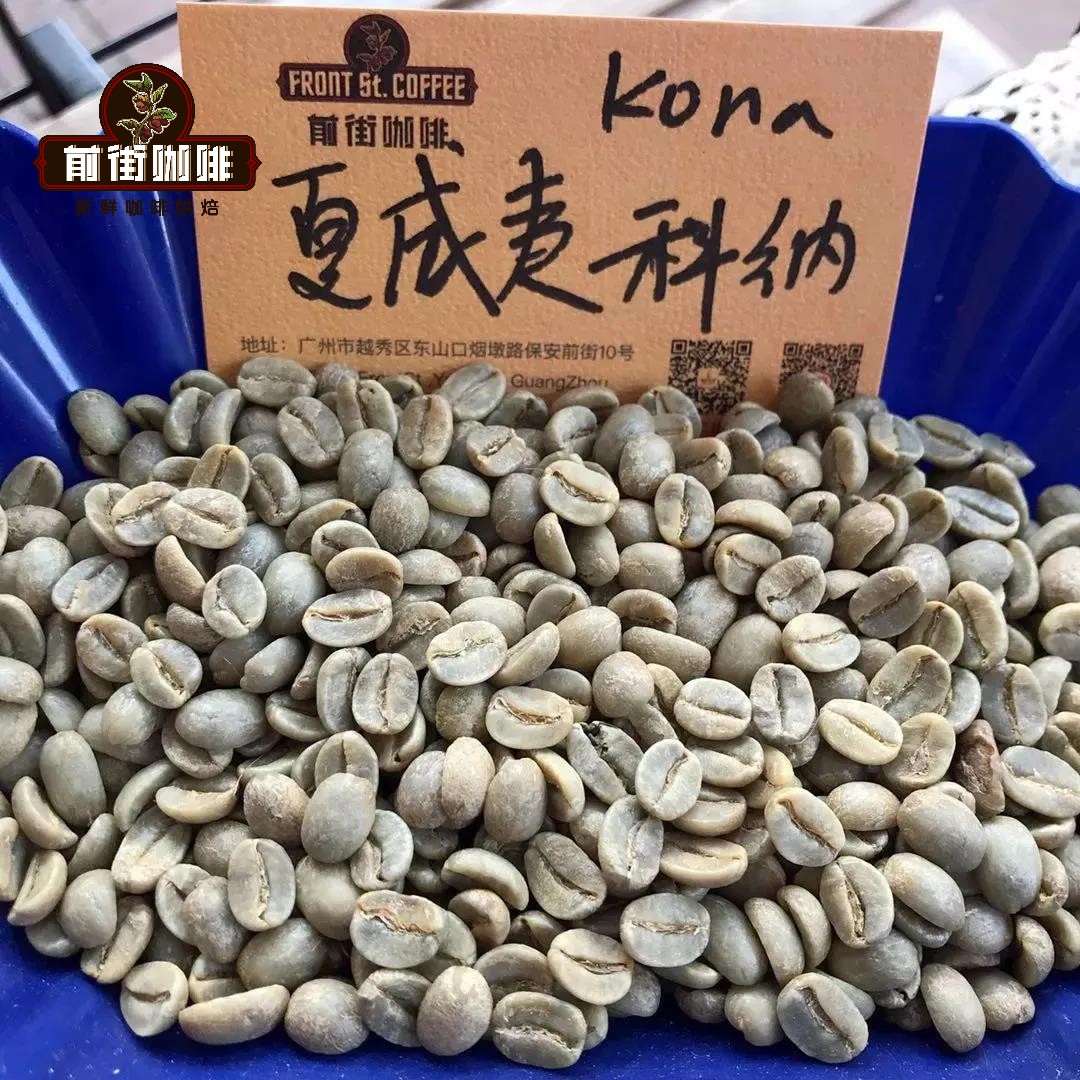
-Baking advice-
Kona coffee beans are extremely plump, round in shape and bright in color, worthy of the name of "the most beautiful coffee beans in the world". In order not to destroy its beautiful appearance and highlight its rich nectar and sweet flavor, the Qianjie coffee baker decided to roast the bean moderately.
Machine: Yangjia 800N, raw beans 550g into soybeans temperature: 200℃ turn yellow point: 550g / 39,35 ", 150.1 ℃
One burst point: 9 times 39% 30 ", 187 ℃ 1: 50", 193.4 ℃ out.
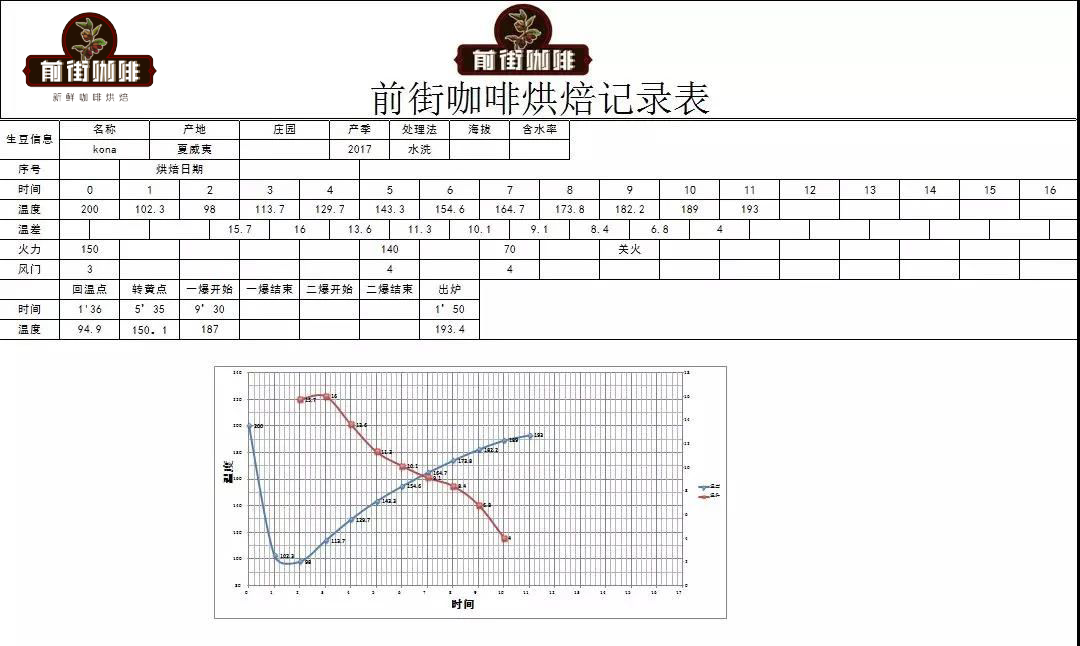
-cup test of Hawaii Kona data-
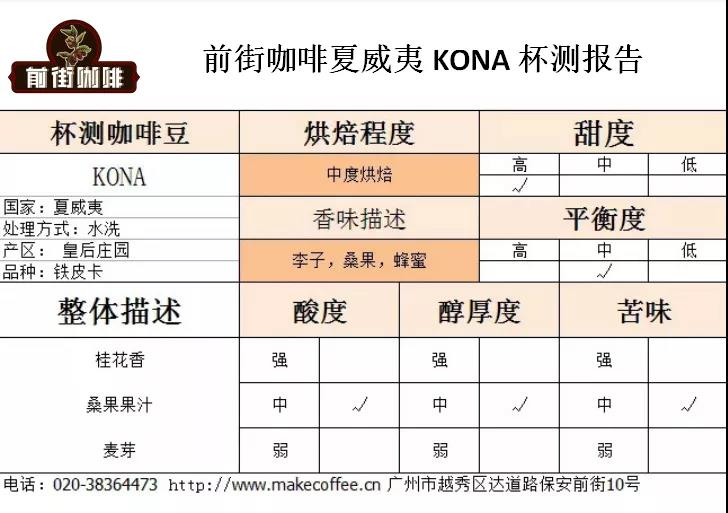
Next, Qianjie Coffee takes everyone to brew the most beautiful beans in the world in different ways [Hawaii Kona]
[Hario V60]
Parameters: 15g powder / 1rig 15max 88 ℃ / grindability BG-5R (Chinese standard No. 20 screen pass rate 56%)
Technique: 28 grams of water steamed for 30 seconds, directly injected into the center to 126 grams, then injected to 227 grams after seeing the powder bed, see the powder bed to remove the filter cup, the total extraction time is: 1: 50 "
Flavor: walnut, caramel, berry, Brin, plum, nut, cream, clean and rich as a whole.
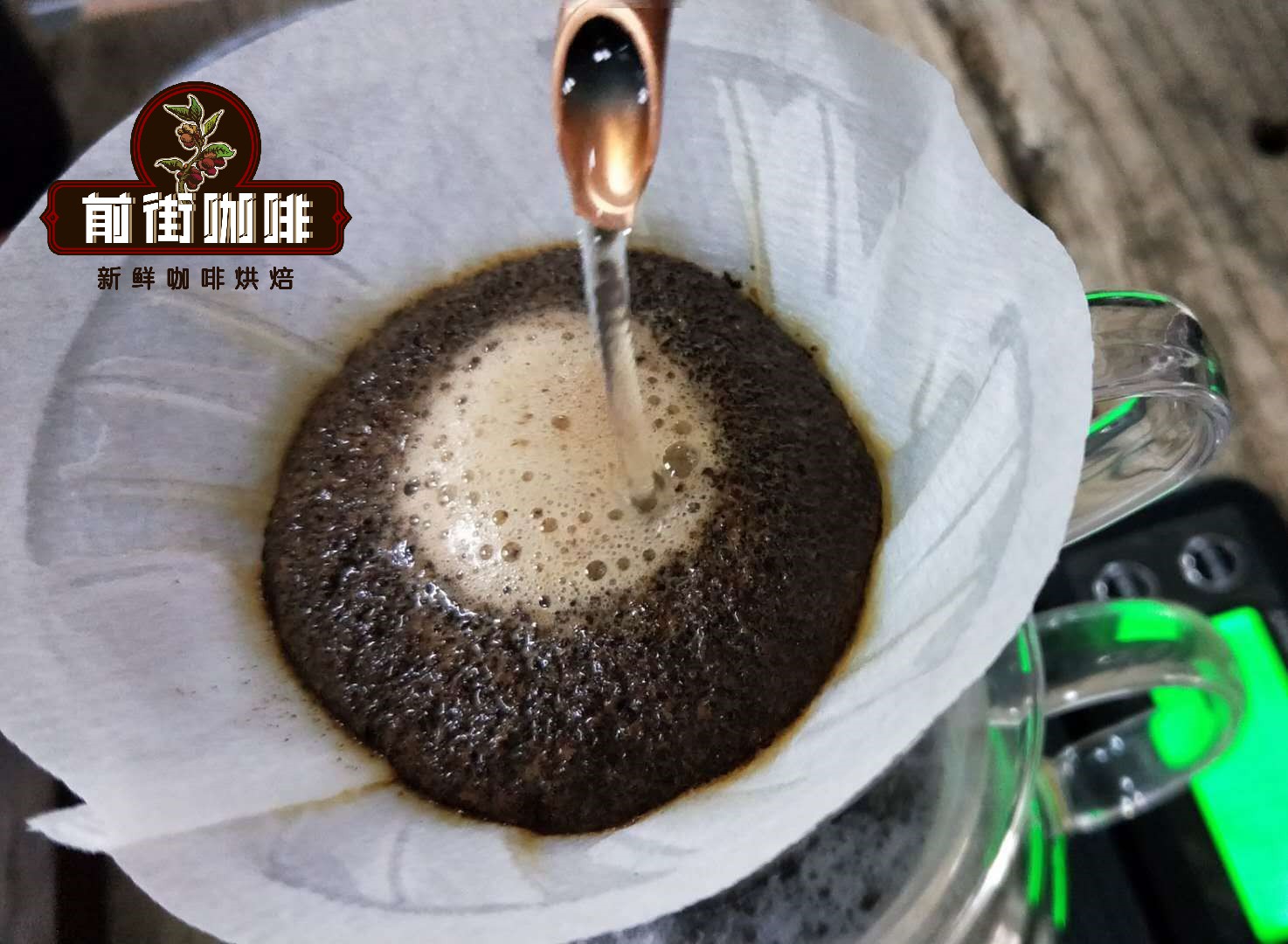
[siphon pot]
Parameters: 20g powder / 1 10 / grindability BG-6M (the pass rate of Chinese standard No. 20 screen is 45%)
Technique: put 210g of water in the lower pot, insert the upper pot tightly when the water temperature is 90 ℃, pour in the coffee powder when the water temperature reaches 90 ℃, stir so that the coffee powder is in full contact with the water, stir again after 30 seconds to destroy the powder shell, remove the fire source in one minute, wipe the lower pot with a dry cloth to speed up the reflux of the coffee liquid.
Flavor: chestnut, caramel, almond, hazelnut, plum, toffee, the overall taste is relatively round, the aroma is obvious.
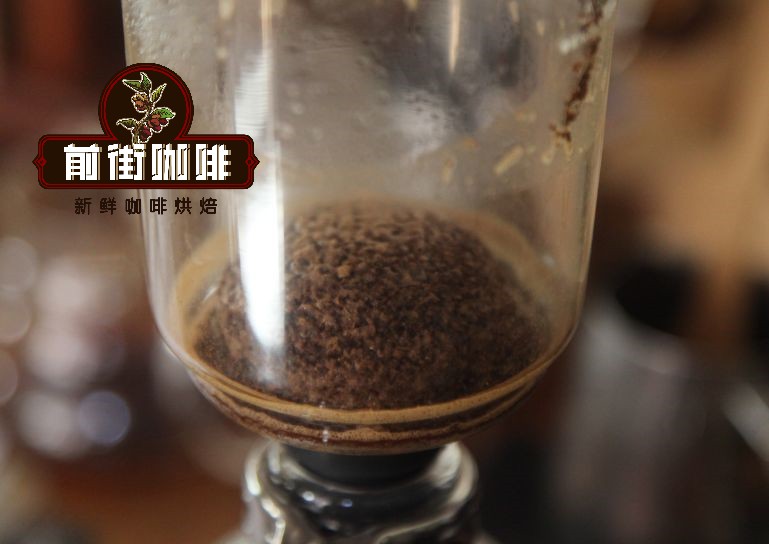
[Philharmonic pressure]
Parameters: 10g powder / 1R 15max 88 ℃ / grindability BG-5R (the pass rate of Chinese standard No. 20 screen is 56%)
Technique: cross pressing powder 3 times after direct injection to 147 grams, stirring 3 times in 50 seconds, pressing out at 1: 30 ", the total extraction time is 1: 41".
Flavor: sandalwood, herbs, chocolate, plums, peaches, nuts, cream, round taste, rich layers, soft acidity.
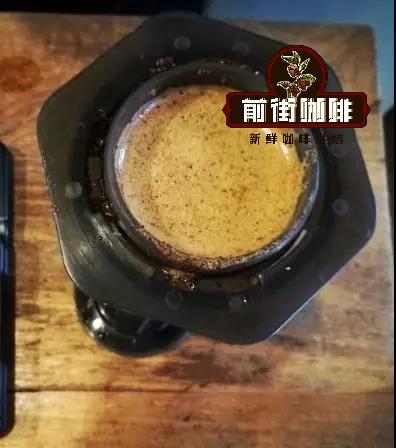
[French kettle]
Parameters: 17g powder / 1mm 13 ℃ / grindability BG-5R (the pass rate of Chinese standard No. 20 screen is 56%)
Technique: directly pour water to 223 grams, stir 5 times, stir 4 times when soaking for 50 seconds, add a pressure bar to press down the coffee grounds in 1 minute, and completely pour out the coffee liquid for 1: 31 ".
Flavor: Brown sugar, nuts, cream, herbs, dark chocolate, smooth taste with a little grease, high sweetness.
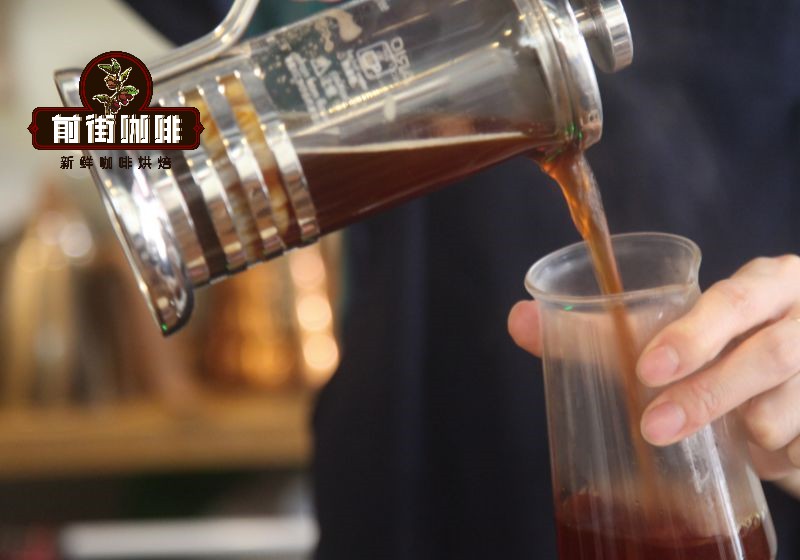
[KONO]
Parameters: 17g powder / 1rig 13ram 88 ℃ / grindability BG-6M (45% pass rate of Chinese standard 20 screen)
Technique: 31 grams of water steamed for 30 seconds, directly injected into the center to 121 grams, then injected to 222 grams after seeing the powder bed, see the powder bed to remove the filter cup, the total extraction time is: 1: 53 "
Flavor: berries, chocolate, cream, spices, fermented aromas, hazelnuts, smooth taste, lively acidity.
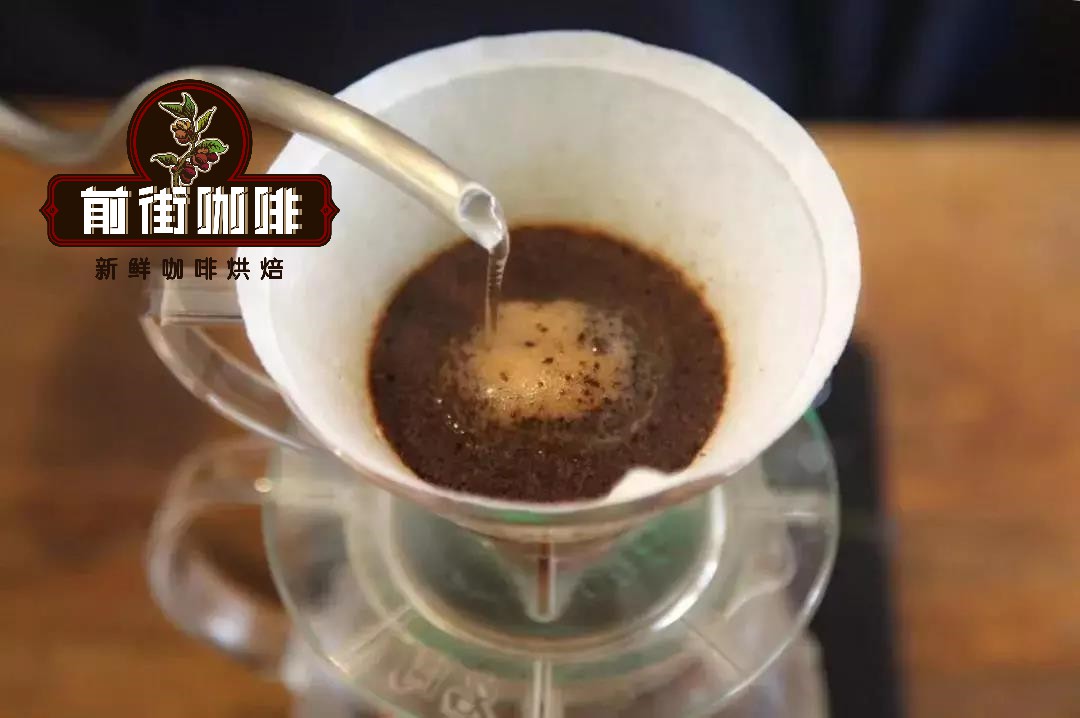
For more boutique coffee beans, please add private Qianjie coffee on Wechat. WeChat account: kaixinguoguo0925
Important Notice :
前街咖啡 FrontStreet Coffee has moved to new addredd:
FrontStreet Coffee Address: 315,Donghua East Road,GuangZhou
Tel:020 38364473
- Prev
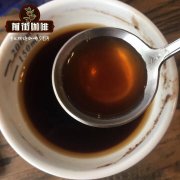
Is it suitable for growing coffee in Hawaii? Introduction to Kona Coffee, Hawaii
Professional coffee knowledge exchange more coffee bean information please follow the coffee workshop (Wechat official account cafe_style) Hawaii is a beautiful and fertile island growing a lot of fruit cocoa hazelnuts and coffee, the price of coffee is the best for farmers to harvest the most. Hawaii began to grow coffee as early as the 18th century, mostly on the island of Kauai and the island of Hawaii, because there are
- Next
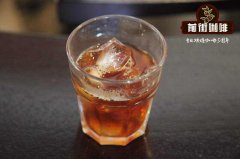
What are the taste and flavor characteristics of Aharal coffee? Ethiopian coffee producing area
Professional coffee knowledge exchange more coffee bean information please follow the coffee workshop (Wechat official account cafe_style) Essex coffee sub-coffee Harald coffee taste and flavor characteristics? Description of mocha Harald Coffee in Ethiopia Coffee producing area? Coffee is already a necessary drink for many people every day. If there are pesticide residues in coffee, it will be harmful to human health if it accumulates for a long time.
Related
- Detailed explanation of Jadeite planting Land in Panamanian Jadeite Manor introduction to the grading system of Jadeite competitive bidding, Red bid, Green bid and Rose Summer
- Story of Coffee planting in Brenka region of Costa Rica Stonehenge Manor anaerobic heavy honey treatment of flavor mouth
- What's on the barrel of Blue Mountain Coffee beans?
- Can American coffee also pull flowers? How to use hot American style to pull out a good-looking pattern?
- Can you make a cold extract with coffee beans? What is the right proportion for cold-extracted coffee formula?
- Indonesian PWN Gold Mandrine Coffee Origin Features Flavor How to Chong? Mandolin coffee is American.
- A brief introduction to the flavor characteristics of Brazilian yellow bourbon coffee beans
- What is the effect of different water quality on the flavor of cold-extracted coffee? What kind of water is best for brewing coffee?
- Why do you think of Rose Summer whenever you mention Panamanian coffee?
- Introduction to the characteristics of authentic blue mountain coffee bean producing areas? What is the CIB Coffee Authority in Jamaica?

